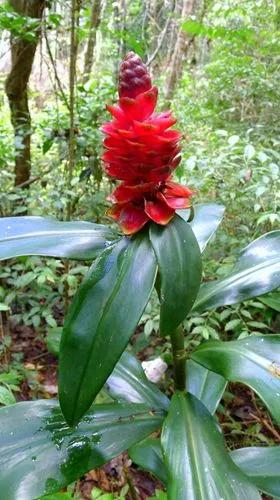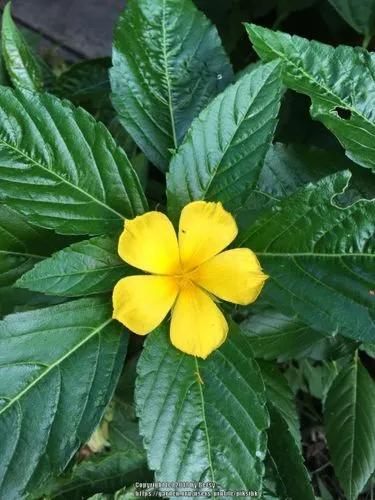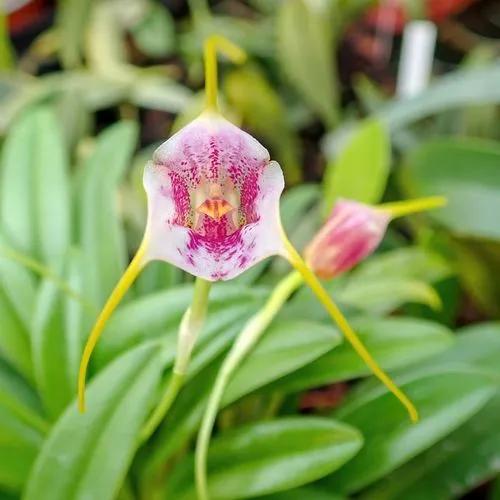Lobelia spicata, commonly called the pale spiked lobelia, is a flowering plant in the bellflower family. It is native to North America, where it is widespread in southern Canada and the eastern United States. It is found in a variety of sunny and semi-shade habitats, including prairies, glades, woodlands, and disturbed areas. Several varieties have been recognized across its range, although their distinction is still uncertain.
Lobelia Spicata Care
Lobelia Spicata



What is the plant
How to Care for the Plant

Water

During hot, dry periods, care of lobelia requires that the plant should receive frequent watering, however, especially those in containers.

Fertilizer

A general-purpose liquid fertilizer can be given once a month or every four to six weeks, if desired.

Sunlight

Sun , Part Shade , Shade
Ease your plant care routine with PlantIn's personalized system.

Soil

Dry mostly sandy soils

Container

Especially hanging baskets

Additional

Toxic only if eaten in large quantities. Symptoms include nausea, vomiting, diarrhea, salivation, exhaustion and weakness, dilation of pupils, convulsions, and coma. Toxic Principle: Alkaloids lobelamine, lobeline, and others, plus a volatile oil.
Ease your plant care routine with PlantIn's personalized system.

Popularity

69 people already have this plant 12 people have added this plant to their wishlists
What's wrong with your plant?
Related Plants
Discover more plants with the list below
Popular articles






